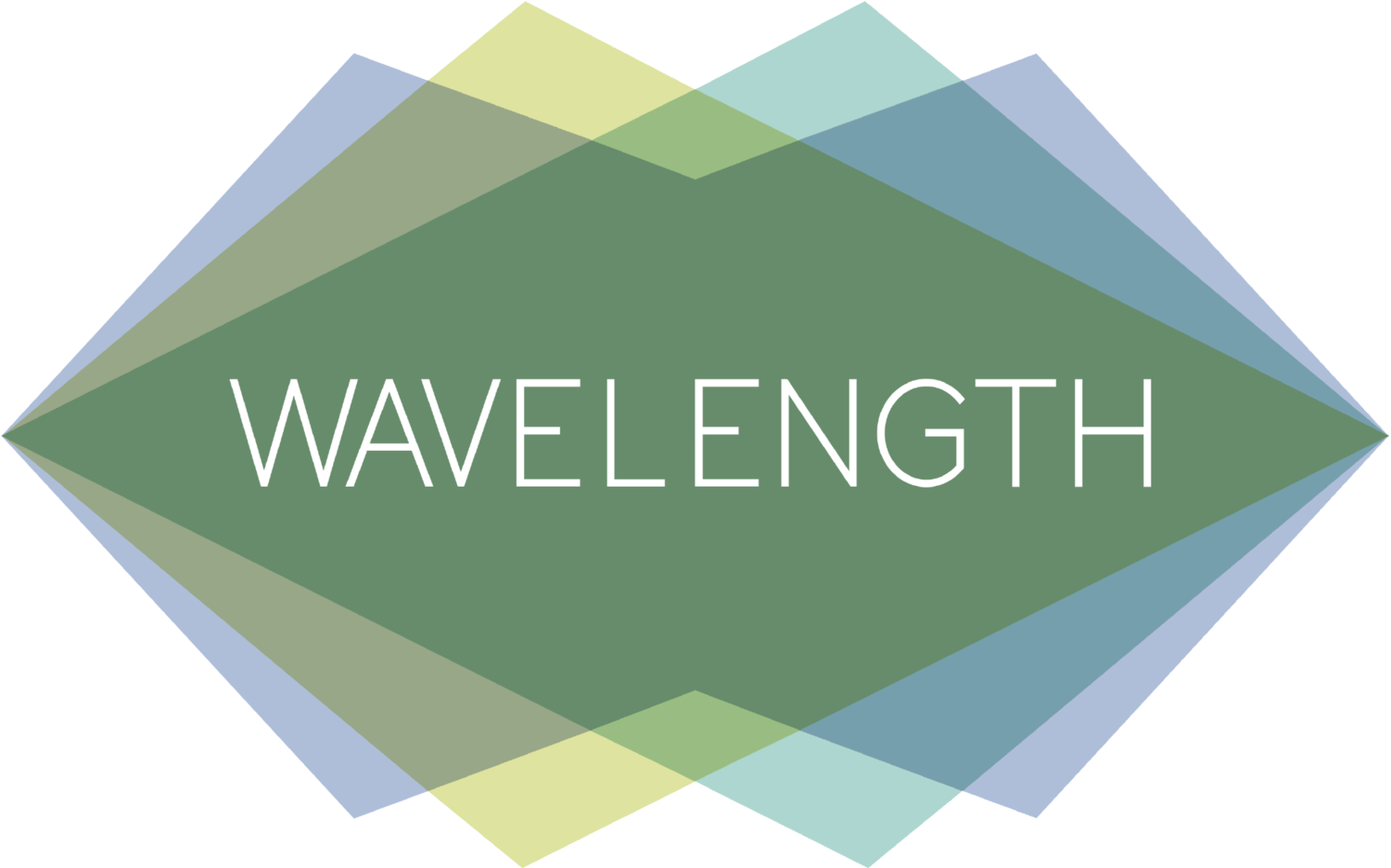The use of UVC light as a disinfection method has gained a lot of traction over the past few months since the start of the Coronavirus/COVID-19 pandemic. And, more recently, “Far-UVC” light has garnered attention as a safer alternative to traditional germicidal UVC light. The difference between Far-UVC and UVC lies in where each sits on the electromagnetic spectrum—and how much we know about it.
Conventional germicidal UVC light operates at the 254 nm wavelength. UV light at this specific wavelength has been used for decades as a disinfection method for everything from hospital rooms to drinking water. Far-UVC light is found at the 222 nm wavelength and is a new technology, having only been tested for commercial use within the last year.
Columbia University published a widely read study back in June detailing their research on the light as a disinfection method for the SARS-CoV-2 virus that causes COVID-19. The study found that more than 99.9% of coronaviruses present in airborne droplets were killed when exposed to the Far-UVC light. Only a few months later, and Far-UVC germicidal products are already hitting the market. In September, Japanese lighting manufacturer Ushio Inc. debuted its Care 222 UV lamp, which they developed together with Columbia University.
We, at Wavelength, are happy to see the rise in UVC technology and look forward to more studies detailing the effectiveness and safeness of Far-UVC. However, at this stage, we still think the well-tested 254 nm UVC disinfection technology is the way to go—and here’s why.
Back in March, the FDA published guidance surrounding UVC disinfection equipment and how it should be used during the COVID-19 pandemic. UVC disinfection is a well-studied method. We know what dosage of UVC light (a combination of time and UV irradiation intensity) is required to eradicate specific bacteria, microorganisms, and viruses because it’s been used in real-life cases time and time again, and proven to work.
The main reason Far-UVC is so seemingly attractive is because it’s been suggested that it is safe for human exposure—unlike UVC light which has proven harmful to skin and eyes. Columbia’s study found that Far-UVC light cannot penetrate the tear layer of the eye or the outer dead-cell layer of skin so it can’t damage living cells within the body. But without more research into how humans fare under this kind of light exposure, especially when it comes to long term health effects, there are still too many unanswered questions.
Far-UVC lights are meant to be used while a space is occupied, and are commonly installed as overhead light fixtures. With this use-case in mind, it’s important to be sure that these germicidal lights won’t harm people who are standing under the bulbs for entire shifts at work, or sitting under them for the duration of a meal. It’s also not clear how Far-UVC can harm people with preexisting skin or eye conditions.
Famed New York City eatery Magnolia Bakery installed Far-UVC “portals” back in May. The portal is essentially a door frame that emits Far-UVC light. The idea is that any customer entering the business will walk through the frame and any Coronavirus particles on the person will be eradicated. In addition to the potential health risks associated with Far-UVC, there are two reasons why this type of germicidal UV equipment likely doesn’t work for Coronavirus:
As mentioned previously, there are specific dosages of UVC light required to deactivate the DNA and RNA of bacteria and viruses. The dosage varies depending on the conditions of the environment (such as how dusty a surface, or in this case, a coat, is) and the specific particulate you are trying to eradicate. Not only do we not yet know what specific dosage is required for particulates under Far-UVC light, a second-long walk under germicidal light just isn’t going to cut it.
Coronavirus is primarily spread through airborne droplets between people within the same space. Bathing people in Far-UVC lights does nothing for the particles that come out of the mouth and nose when breathing or talking. If someone is infectious, they’ll still be releasing the pathogen after passing through the Far-UVC light and releasing the particles near anyone they are interacting with.
We supply UVC air disinfection carts because we believe they are the most effective and safest method of mitigating the risk of Coronavirus transmission in an indoor environment. We know that UVC technology works against Coronavirus and that, since the UVC light is contained within the cart, there is no risk of harm to humans. Until we know more about Far-UVC, we’ll continue providing disinfection equipment that is proven to work and keeps our clients safe.


